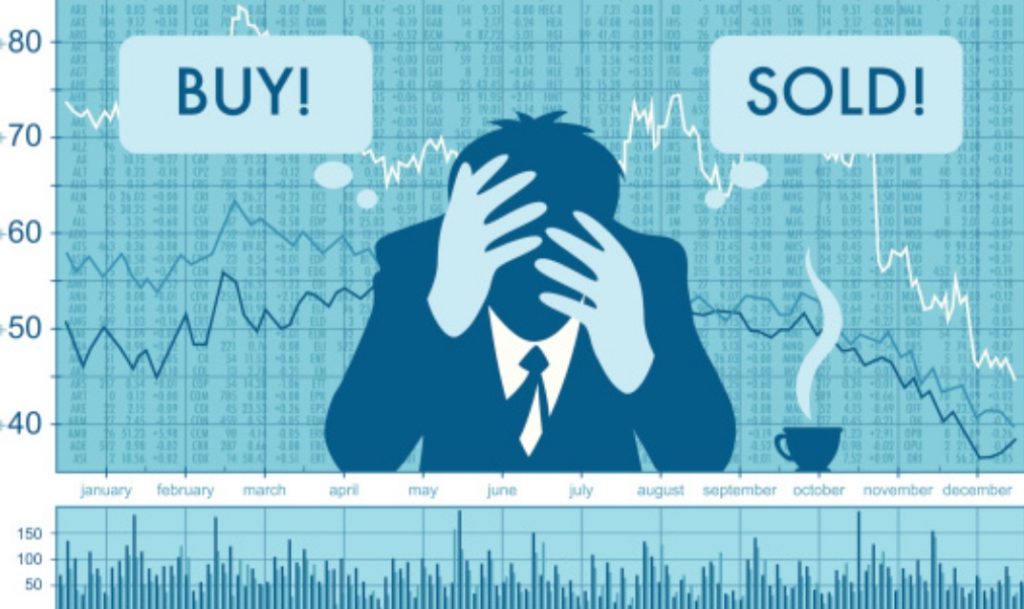Most trading errors aren’t exotic. They’re everyday habits that quietly drain accounts: a late entry here, a moved stop there, too many charts open and not enough rules. The upside? Ordinary mistakes are fixable with ordinary discipline. Clean process beats heroic predictions, especially when the market is loud and your attention is split.
Before any position goes live, it helps to anchor expectations in reality. Spreads, slippage, and emotion will test every plan, so the plan has to be sturdy. If the basics still feel fuzzy, start with a quick primer on Forex trading, then come back and strip the routine of the usual landmines.
Trading without a written plan
“See, click, hope” isn’t a framework. A written plan defines when to trade, what to trade, how much to risk, where to exit if wrong, and how to take profits if right. It also says when not to trade. Without that map, every candle looks like an invitation. With it, most noise becomes easy to ignore.
Fix: one page, not a novel. List the setup names, session windows, entry triggers, stop placement, target logic, and a daily stop.
Risk per trade set way too high
Accounts don’t usually implode from a single loss. They spiral because risk is oversized and recovery math turns brutal. Double the risk to “make it back,” and the hole deepens on cue.
Fix: cap risk per attempt at a small fraction of equity. Round down to the nearest micro lot. If that feels “too small to matter,” expectations are the problem, not the size.
Moving stops “just this once”
The market doesn’t negotiate. Moving a stop after entry rewrites the plan mid-flight and trains the brain to ignore rules the next time pain shows up. It feels courageous; it’s just expensive.
Fix: place stops beyond structure, not feelings. If price tags the stop, log it, step aside, and wait for the next validated trigger.
Chasing candles after news
The first seconds of major releases are where spreads widen, depth vanishes, and chart prints turn slippery. Enter there and both sides of the ticket can fill in the same heartbeat.
Fix: trade the second wave. Let the spike finish, mark the broken level, and wait for a controlled retest. If no retest, no trade.
Overtrading and revenge clicks
Ten tiny decisions drain focus until one sloppy click donates the day’s gains. Overtrading isn’t about count; it’s about trading outside the plan because the screen is open.
Fix: hard limits. A maximum number of attempts per session and a daily loss cap that ends the day when hit. Protect judgment, not ego.
Ignoring correlation and stacking the same idea
Long EURUSD and long GBPUSD into a dollar move are not two ideas. They’re the same bet with different symbols. Correlation spikes in stress and turns “diversified exposure” into one oversized theme.
Fix: treat themes as position groups. One theme, one position. If dollar strength is the driver, pick the cleanest chart and keep powder dry.
Strategy hopping and indicator clutter
Switching tools after every losing week buries any edge in randomness. The platform can host a dozen indicators, but most add noise and delay entries that should be simple.
Fix: two setups, two filters. For example, a breakout-pullback and a failed break to range mid; filters are higher timeframe bias and proximity to clear levels. That’s enough to stay selective without freezing.
Timeframe mismatch
Hunting entries on a lower timeframe that fights the structure of the higher timeframe invites hesitation and early exits. The chart looks “ready” until the bigger picture says otherwise.
Fix: align the execution chart with a higher-timeframe map. Trade with the larger structure or stand down.
No journal, no feedback loop
Memory is a poor analyst. Without records, traders repeat mistakes and misattribute wins to skill when they were just tailwind days.
Fix: minimal but strict logging. Setup, session, entry, stop, exit, R multiple, screenshot, one-line note on discipline. Review weekly. Cut what consistently bleeds, scale what consistently pays.
Disrespecting transaction costs
Edges die on the wrong symbols at the wrong hours. Exotic pairs, late-session drifts, and holding overnight by accident turn solid plans into slow leaks.
Fix: trade liquid pairs during liquid windows. If the plan is intraday, finish intraday. Avoid paying swaps for impatience.
Letting round numbers and PnL drive choices
Closing at “a nice round figure” or moving targets to hit a daily goal bends strategy around vanity. Markets don’t care about your scoreboard.
Fix: place exits at structure, not at account milestones. If a daily target is hit early, reduce size or stop for the day. Do not “earn the right” to break rules.
Sizing that ignores volatility
Same lot size on a sleepy morning and a post-CPI rip is not the same risk. The stop will be wider on the wild day, and the hit will be heavier than planned.
Fix: size by stop distance, not by habit. Use ATR or the distance to the structural stop to translate percentage risk into actual lots.
Holding through illiquid moments
Rollovers, late Fridays, and pre-holiday sessions produce wicks that exist only to collect lazy stops. Staying in “just because” is usually a tax.
Fix: keep a calendar on the chart. If liquidity is about to thin, either reduce risk or close. There will be another session.
Neglecting platform mechanics
Not knowing how to place an OCO, set partial closes, or attach stops by default costs seconds when seconds matter. It also invites fat-finger errors.
Fix: build a cockpit layout. Hotkeys for timeframes, one-click trading enabled, partial-close presets, alerts for levels you mapped earlier. Practice orders on a tiny size until it feels boring.
Treating promo capital like toy money
Bonuses and small test accounts tempt reckless behavior because the dollars feel abstract. The habits they teach carry over when size increases.
Fix: trade the way a future, larger account will be traded. Same rules, same selectivity, same logs. If the process only works on tiny money, it doesn’t work.
A lean routine that keeps mistakes rare
Good trading is mostly good habits. A weekly loop makes it repeatable:
- Map higher-timeframe bias on the weekend and save the layout.
- Each morning, mark levels, tag key news on the chart, set alerts.
- Trade one session only. One to three attempts max.
- Record with screenshots. Export fills at day’s end.
- Review on Friday: what made money, what cost money, what to drop.
The cleaner path forward
Most traders don’t need more indicators or louder opinions. They need fewer unforced errors. A written plan, small fixed risk, alignment across timeframes, patience around news, and a ruthless journal form a boring foundation that quietly compounds. Strip the routine back to those essentials, and the chart stops feeling like a slot machine. It becomes what it always was for disciplined operators: a stream of opportunities that either meet the plan or get skipped, with nothing in between.

